Can you spot which famous landmarks are real?
Spot the difference

Christ the Redeemer, Rio de Janeiro, Brazil
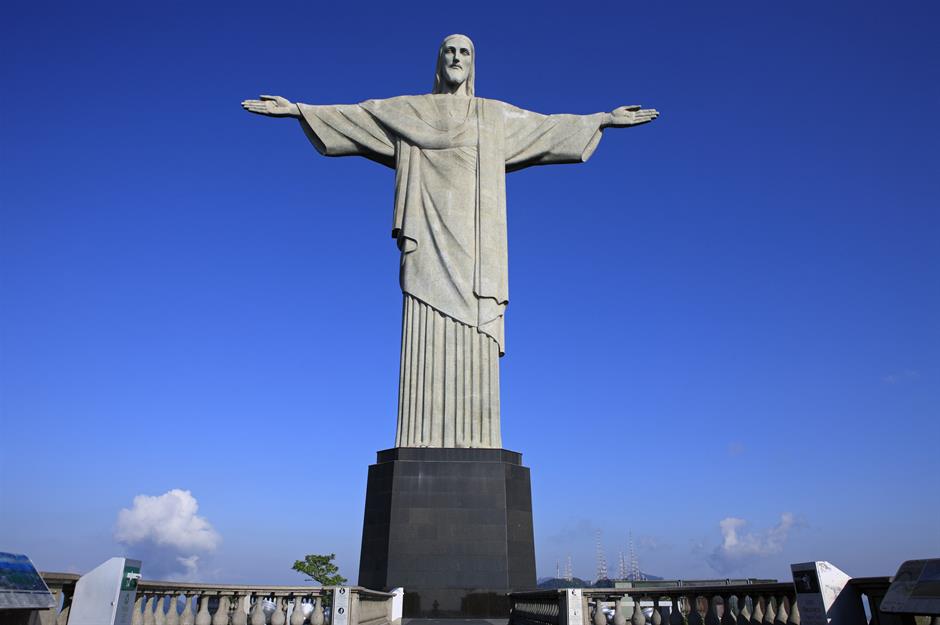
One of Brazil's most iconic landmarks, Rio's Christ the Redeemer statue has been towering over the city since its completion in 1931. The Art Deco-style statue is an impressive 98 feet (30m) tall, 92 feet (28m) wide, and is known as a symbol of Christianity welcoming travellers from across the globe.
Sanctuary of Christ the King, Lisbon, Portugal
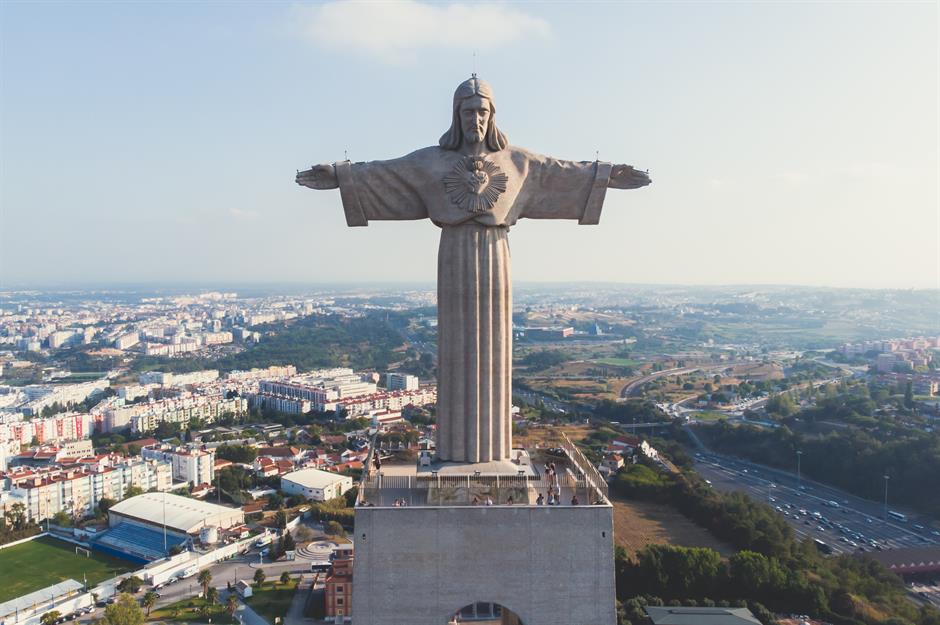
In Lisbon, Portugal, you'll find a similar-looking monument known as the Sanctuary of Christ the King, one of the capital's most famous landmarks. The statue itself is only slightly smaller than the original, standing at 92 feet (28m) tall, although the majestic king stands on a base that's 262 feet (80m) high above the city. The Catholic monument, which is also dedicated to Christ, was built in 1959, almost 30 years later than its Brazilian counterpart.
Trevi Fountain, Rome, Italy
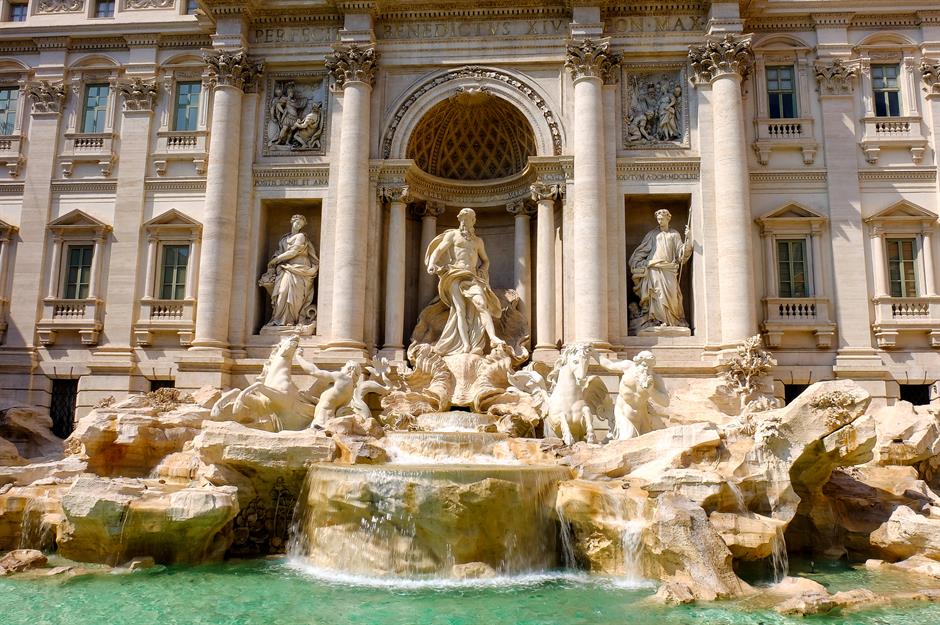
Known as one of the most beautiful fountains in Rome, the Trevi Fountain measures a lofty 85 feet (26m) tall and 65 feet (20m) wide. Although the fountain was actually commissioned in 1629, construction didn’t start until 1732 and it took around 30 years to finish. Millions of tourists flock to the fountain every year, and legend has it that throwing a coin into the water with your back turned will ensure you'll return to the city.
Love this? Follow our Facebook page for more travel inspiration
Trevi Fountain, Las Vegas, Nevada, USA
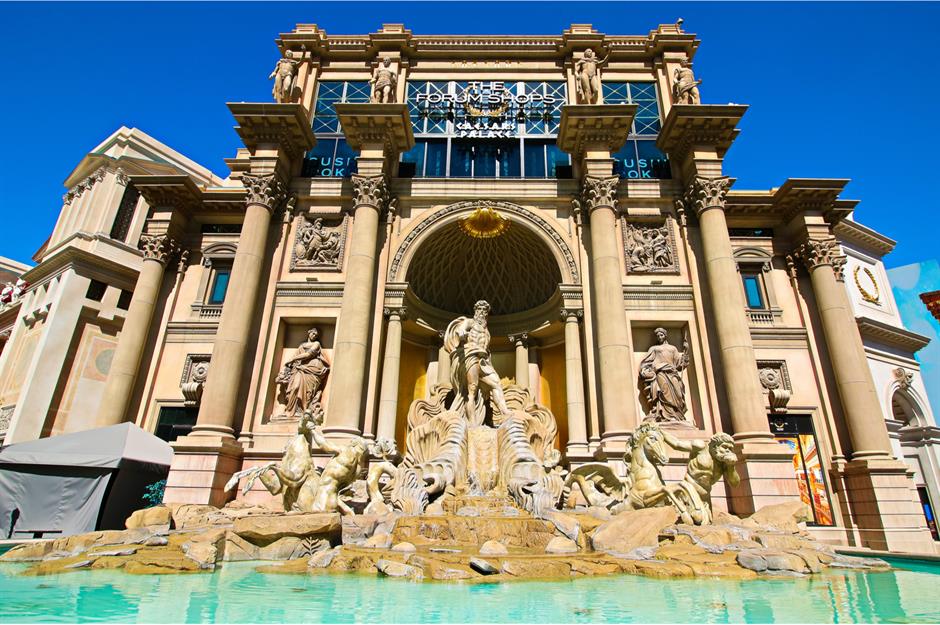
While the Las Vegas Strip has plenty of copycat versions of iconic European landmarks, this is its imitation of Rome's Trevi Fountain, located just outside The Forum Shops at Caesars Palace. The much smaller replica closely resembles the original and has become a tourist hotspot in its own right, attracting those who fancy a bit of European architecture in the Silver State.
Arc de Triomphe, Paris, France
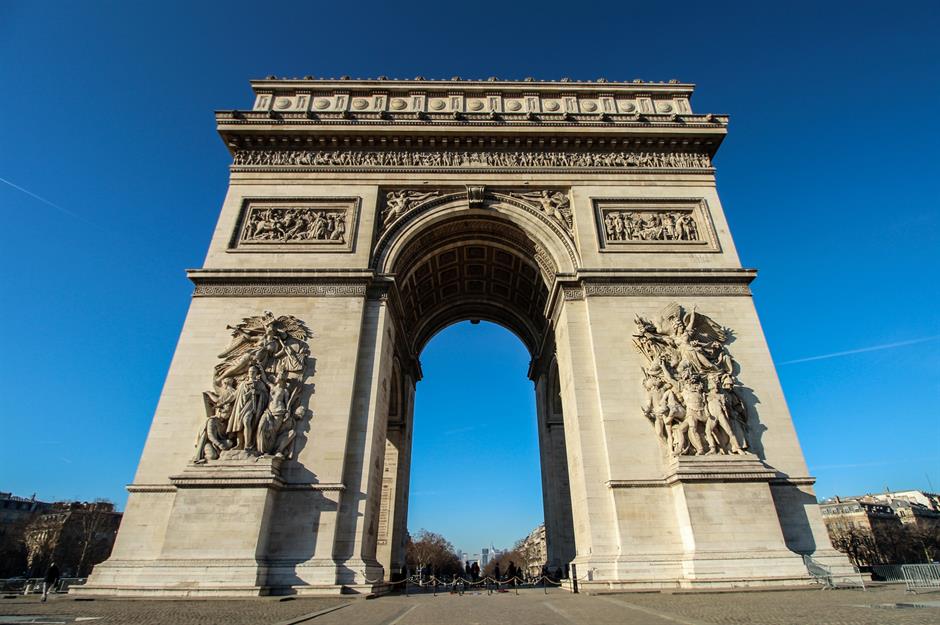
Regarded as one of the world's most famous military monuments, the Arc de Triomphe has been wowing locals and tourists in Paris since its inauguration in 1836. As well as seeing its stunning stone exterior, visitors who can climb its 284 steps to the top are rewarded with a viewing deck boasting gorgeous panoramic views of the Paris skyline, including the Eiffel Tower.
Arc de Triomphe, Shenzhen, China
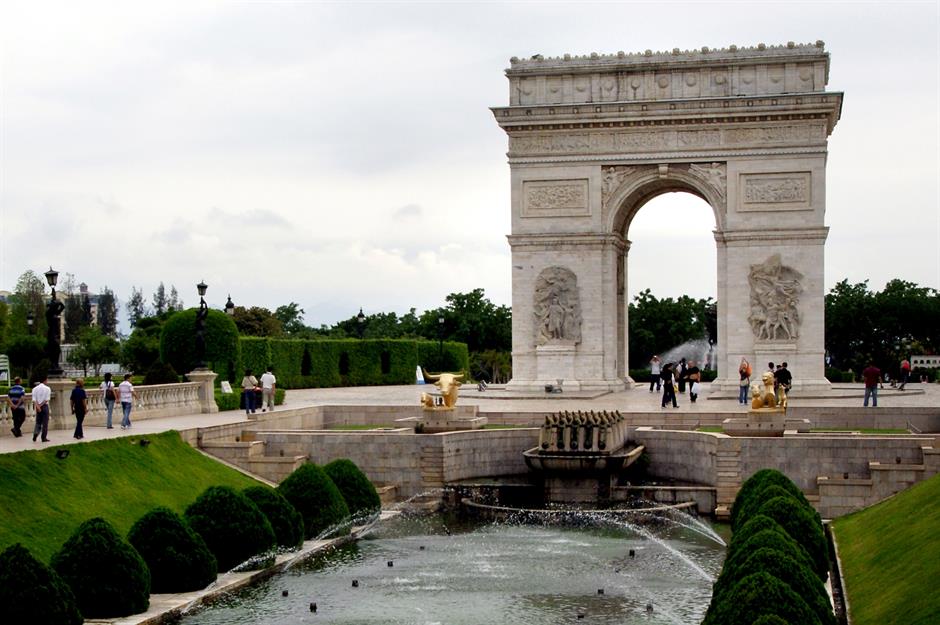
The Shenzhen version, located in the Window of the World park, is part of a collection of scaled-down replicas of famous landmarks. Though less striking than the original, this smaller Arc de Triomphe can be found in the park's Europe section, alongside other Parisian attractions like the Eiffel Tower, the Louvre Pyramid, and the Jardin du Luxembourg fountains.
Golden Gate Bridge, San Francisco, USA
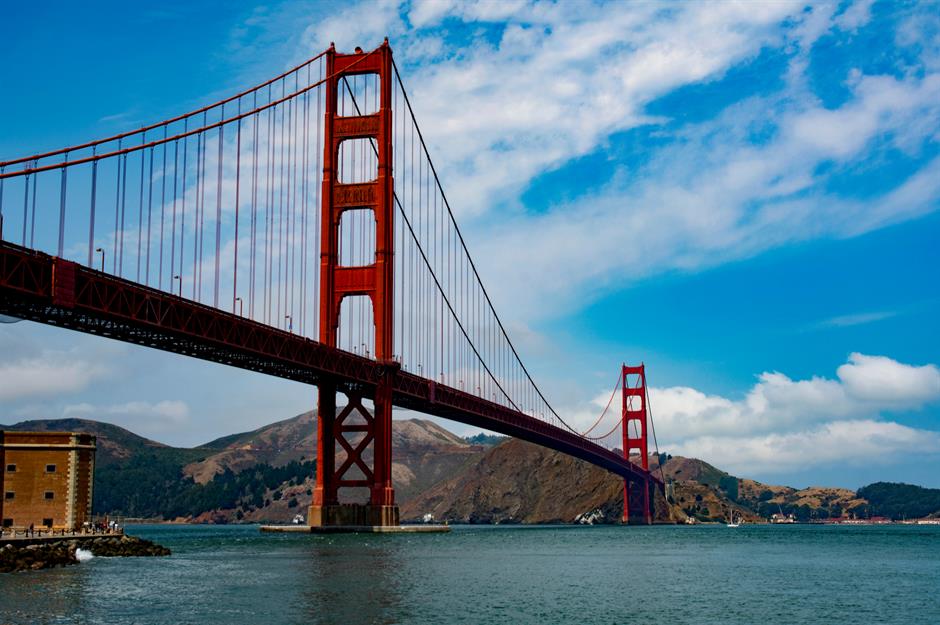
The world's longest suspension bridge when it was completed in 1937, the Golden Gate Bridge attracts over 10 million visitors annually, who come to admire its 746-foot (227m) signature orange towers. Spanning 1.7 miles (2.7km), this iconic bridge connects San Francisco to Marin County across the Golden Gate Strait.
25 de Abril Bridge, Lisbon, Portugal
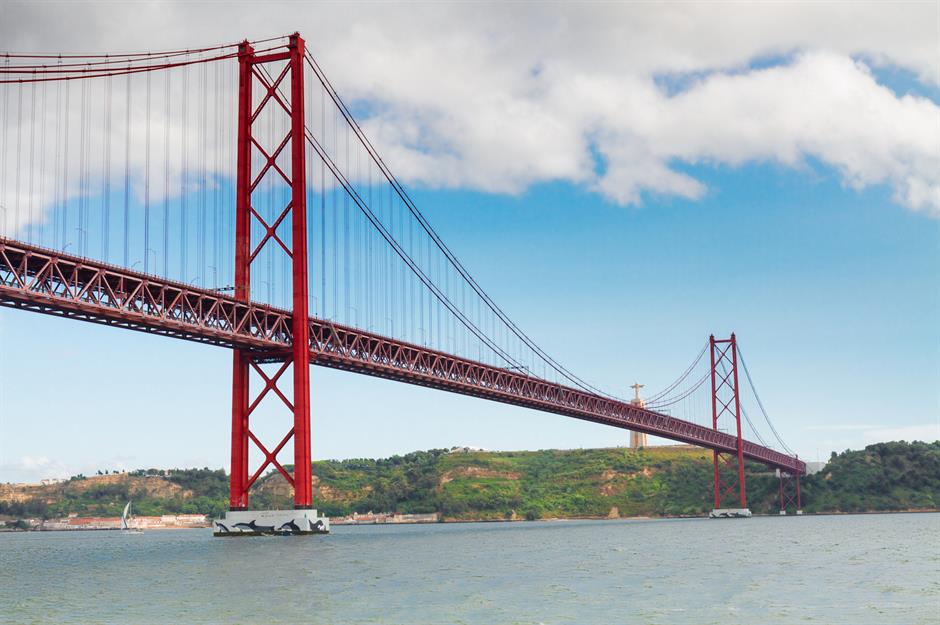
In Portugal's capital you'll find a similar-looking bridge known as the 25 de Abril Bridge (Ponte de 25 Abril), one of the city's most well-known landmarks. Although it resembles the Golden Gate with its similar striking exterior, the 25 de Abril was actually constructed by the American Bridge Company in 1966, the same company that built the San Francisco-Oakland Bay Bridge, not the Golden Gate.
The Colosseum, Rome, Italy
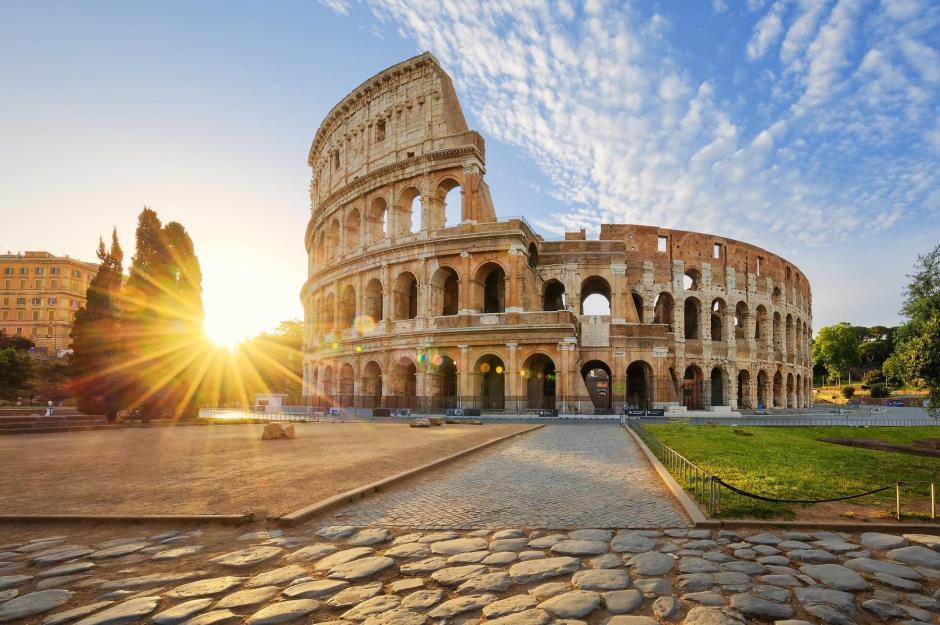
Rome’s vast amphitheatre, the Colosseum, was once the epicentre of grand sporting events and lavish festivals held to entertain the masses. Built between AD 70 and 72 under Emperor Vespasian, it could accommodate around 50,000 spectators, all eager to witness the thrill of brutal gladiator contests, fierce animal hunts and public spectacles. These events were often staged to celebrate military victories or honour the gods.
Colosseum, Macau, China
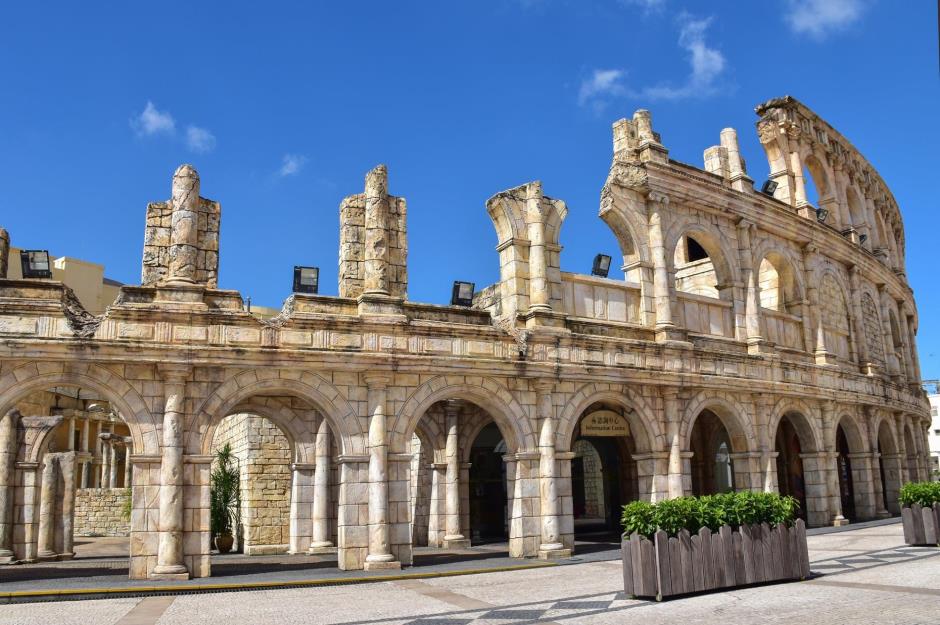
This version of the Colosseum in Macau, known as the Roman Amphitheatre or Colosseum, is located at Fisherman’s Wharf, a themed entertainment complex. Unlike the ancient Roman structure, this replica only accommodates around 2,000 people, and serves as a modern entertainment venue. Instead of hosting bloody battles or gladiator contests, it stages concerts, performances and events, offering visitors a taste of Roman grandeur in a far more peaceful setting.
The Eiffel Tower, Paris, France
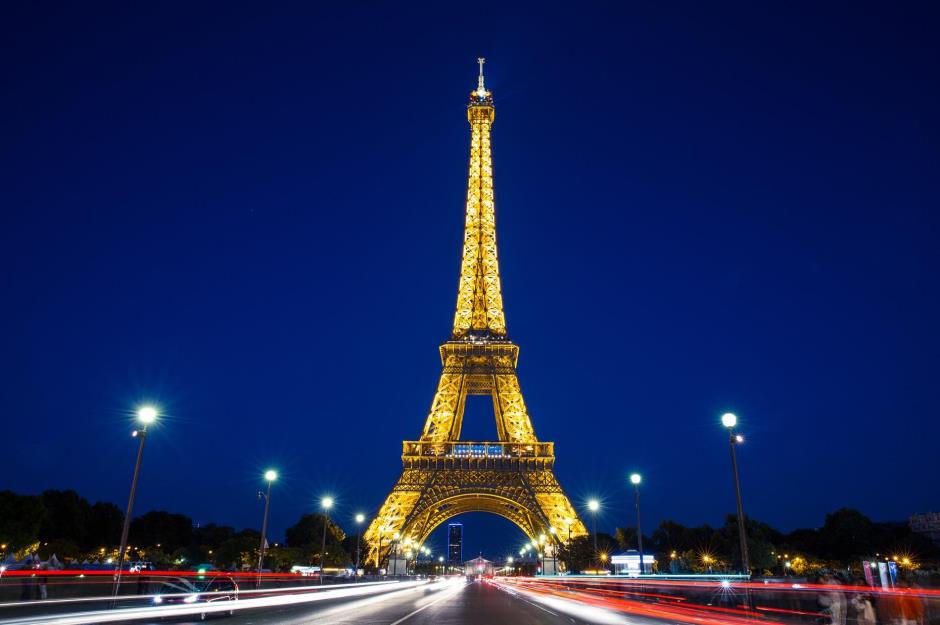
One of the world’s most iconic landmarks, the Eiffel Tower has long been a symbol of romance and inspiration. Standing at 1,083 feet (330m), the tower was designed by Gustave Eiffel and completed in 1889 for the World's Fair. Originally intended as a temporary structure, it became a permanent fixture and one of the most visited monuments in the world, welcoming nearly seven million visitors annually.
The world's most overpriced tourist attractions... and their cheaper alternatives
The Eiffel Tower, Las Vegas, Nevada, USA
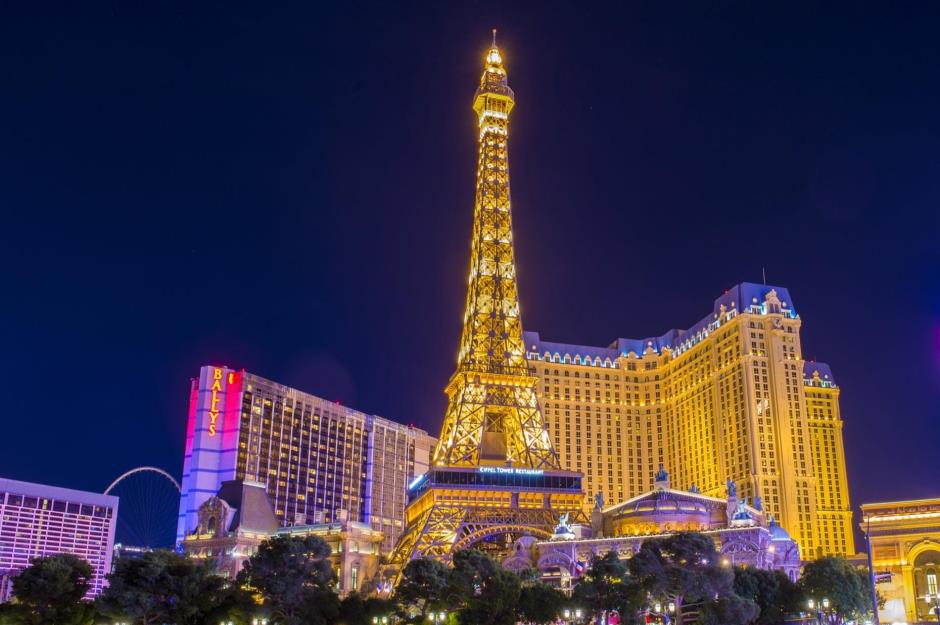
The Eiffel Tower replica in Las Vegas stands at 541 feet (165m), which is about half the size of the original. At approximately 46 storeys tall, it offers impressive views of the Las Vegas Strip. A glass elevator takes visitors to the observation deck, where instead of overlooking the Seine, they are treated to panoramic views of the Bellagio Fountains, the glittering lights of The Strip and the surrounding desert landscape. Opened in 1999, this replica has become a signature feature of the Las Vegas skyline, bringing a touch of Parisian charm to the heart of Nevada.
Hallstatt, Austria
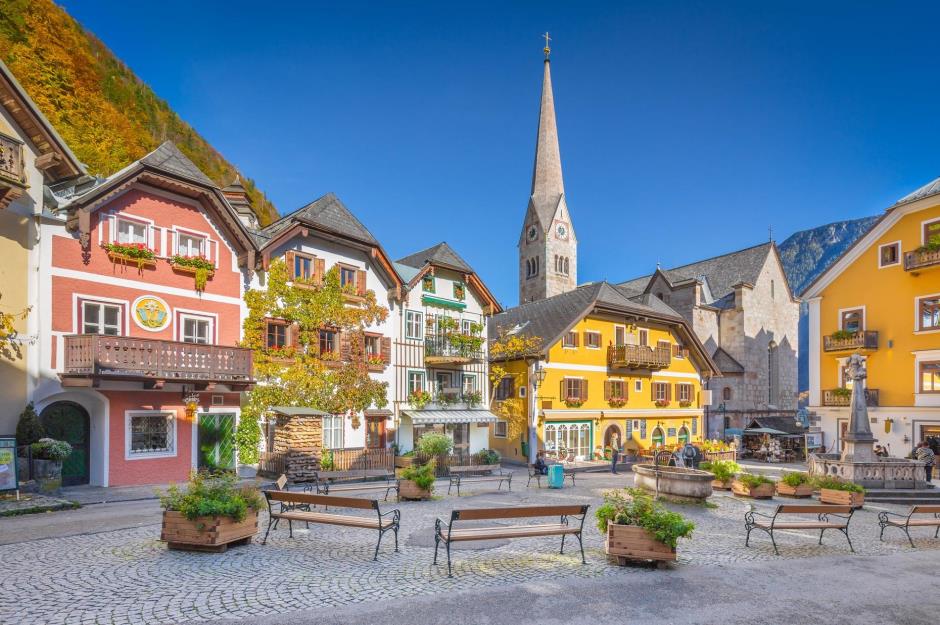
High in the Austrian Alps along the shores of a stunning lake, the village of Hallstatt is renowned for its pastel-coloured houses and picturesque Alpine architecture. This charming village, with its narrow streets and centuries-old buildings, is often described as one of the most beautiful in Europe. A designated UNESCO World Heritage Site since 1997, Hallstatt attracts around one million visitors annually, despite its small population of around 800 residents.
Hallstatt China, Guangdong Province, China
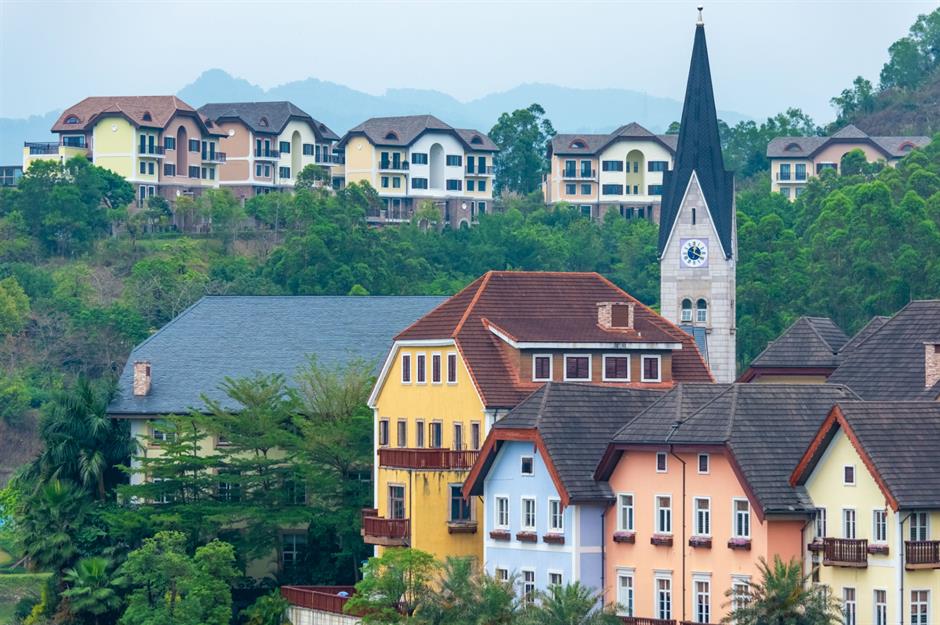
This Hallstatt clone, officially known as Hallstatt China, was opened in 2012 in Huizhou, Guangdong Province. The near-exact replica of the Austrian village features meticulously recreated Austrian-style houses, a village square and a working church clock tower, mirroring the iconic one in the original Hallstatt. Initially designed as an exclusive housing development for the wealthy, it has since become a major tourist attraction.
Stonehenge, England, UK
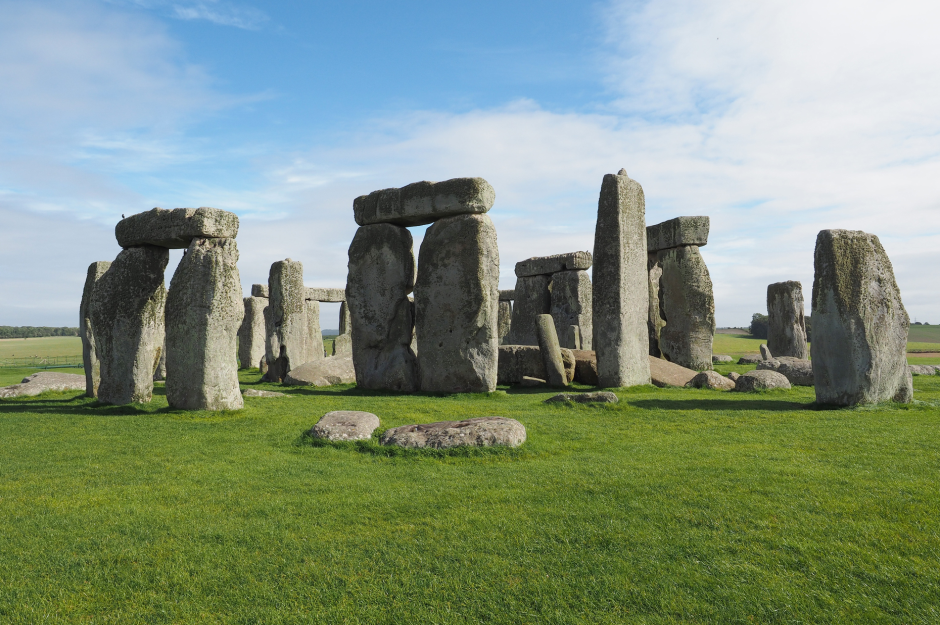
Majestic and enigmatic, Stonehenge stands on a hill in the heart of the Wiltshire countryside in England. While we know it served as a burial site for an estimated 200 people, the reasons behind their interment at this sacred spot remain shrouded in mystery. Equally puzzling is the question of how – and why – the colossal stones were transported and arranged with such precision, leaving the ancient monument steeped in intrigue to this day.
Foamhenge, Virginia, USA
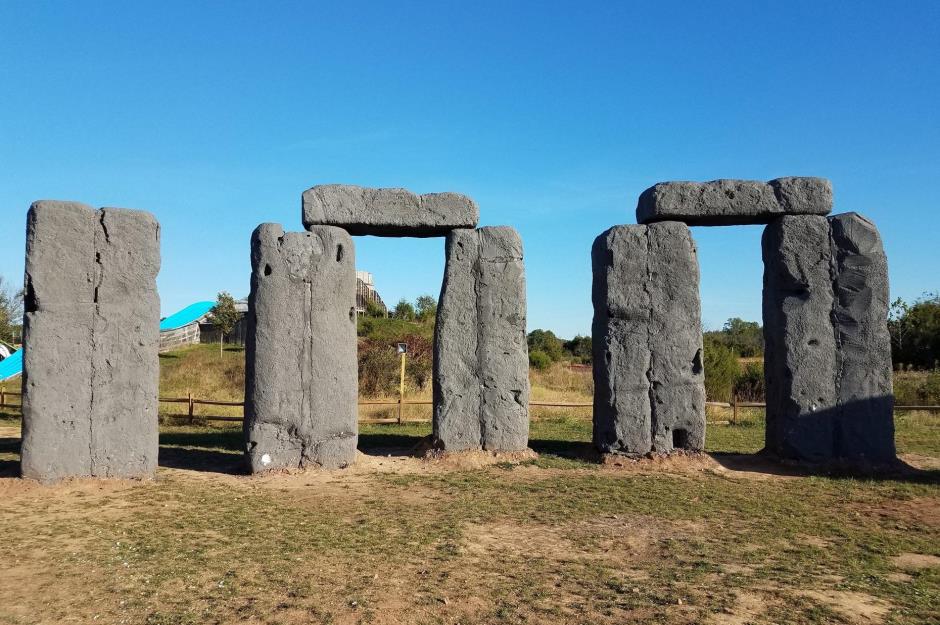
Thousands of miles away in Virginia, a quirky replica of Stonehenge stands in a field. Known as Foamhenge, this life-size copy of the original is made entirely of Styrofoam. Created by artist Mark Cline in 2004, the foam blocks are surprisingly realistic from a distance. While it doesn’t carry the ancient history of its Neolithic counterpart, it still attracts curious visitors when it opens on select dates. Foamhenge was originally located in Natural Bridge, Virginia, but was moved in 2017 to its current home at Cox Farms near Centreville, Virginia, where it continues to be a fun and offbeat tourist attraction.
Parthenon, Athens, Greece
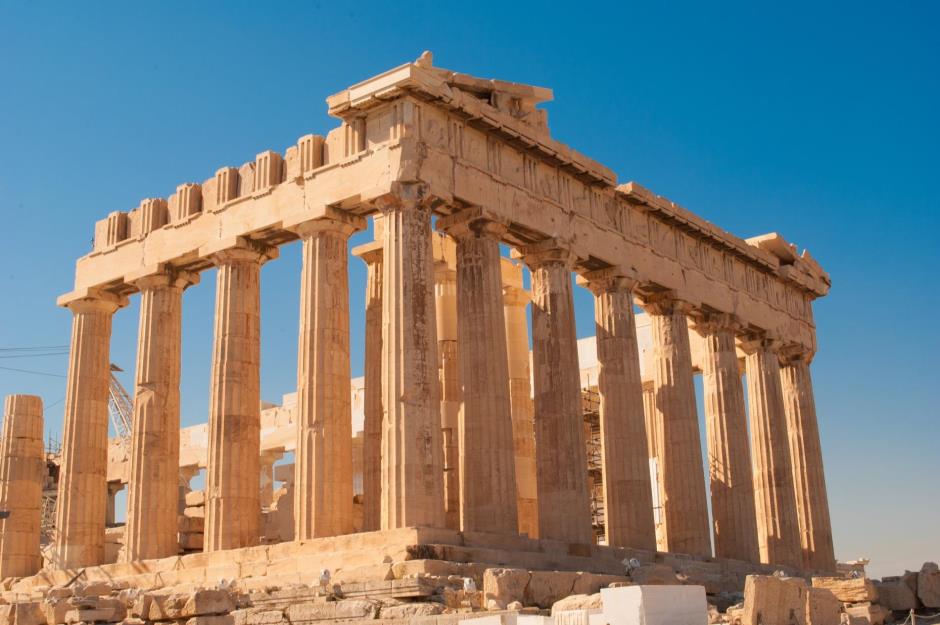
Perched atop the Acropolis in Athens, the Parthenon, a temple dedicated to the goddess Athena, remained intact for over two millennia. Dating back to 447 BC, this magnificent structure continues to attract tourists from around the world. Visitors are particularly enthralled by its architectural genius, including the slightly curved pillars that create an optical illusion, making the temple appear perfectly straight from every angle.
The Parthenon, Tennessee, USA
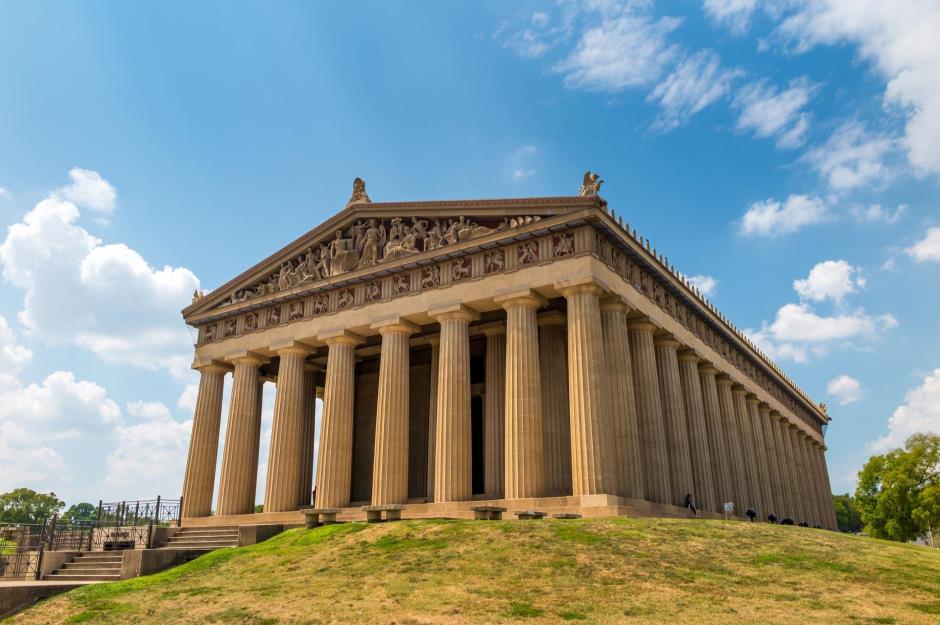
In Centennial Park, Nashville, stands a full-scale replica of the Parthenon, constructed nearly 2,500 years after the original. Built in the late 19th century, this Tennessee copycat was initially intended as a temporary structure for the Tennessee Centennial Exposition in 1897. However, its popularity ensured it remained. Today, the building houses an art gallery and as far as replicas go, it is impressively detailed. The plaster casts of the Elgin Marbles were made directly from the originals, and inside stands a towering 42-foot (13m) statue of Athena, covered in gold leaf.
Mount Rushmore, South Dakota, USA
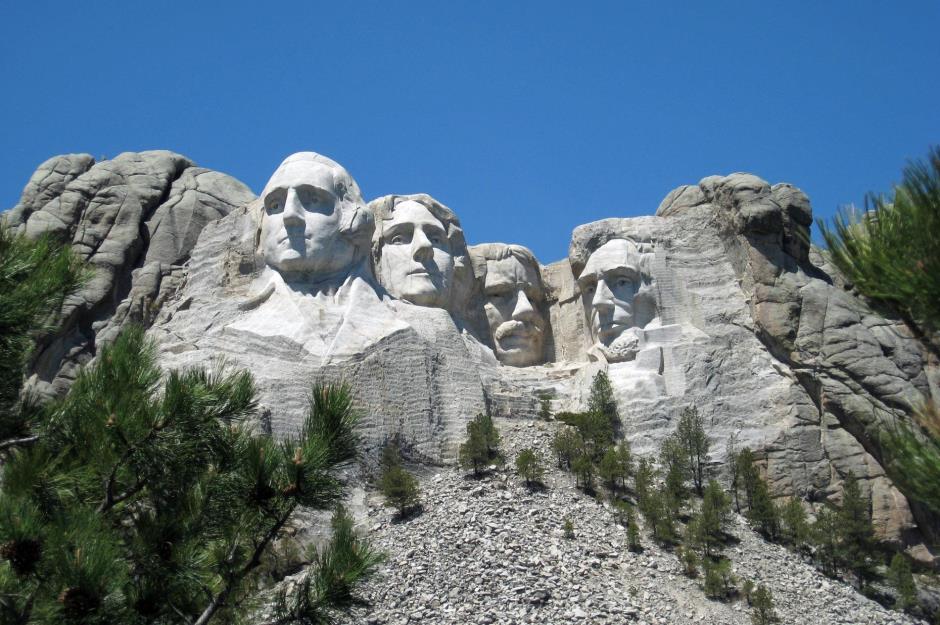
Millions of visitors flock to Mount Rushmore in South Dakota each year, eager to see the iconic faces of four US presidents carved into the granite rock face. The colossal monument, featuring George Washington, Thomas Jefferson, Theodore Roosevelt and Abraham Lincoln, took a painstaking 14 years to complete, from 1927 to 1941. Washington’s head stands at a towering 60 feet (18m) high, with his nose alone measuring 21 feet (6.4m).
Mount Rushmore, Beijing, China
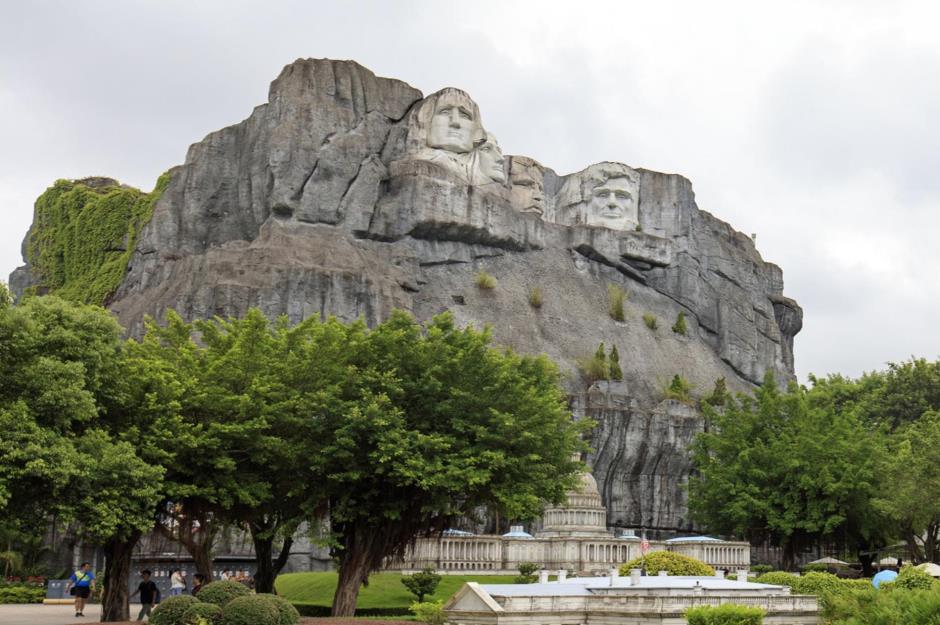
This Mount Rushmore replica in Beijing's World Park may be less grand than the original, but is a popular attraction nonetheless. Less polished and with a weathered appearance, it features the same four US presidents on a much smaller scale. Beijing World Park, established in 1993, showcases many global monuments, providing a miniature world tour experience for tourists and locals alike.
Taj Mahal, Agra, India
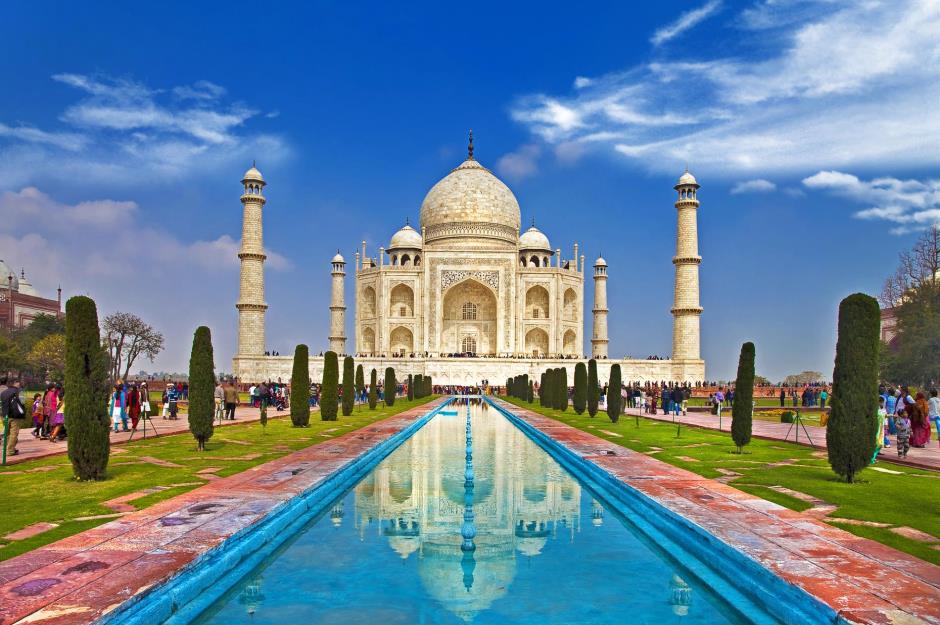
It took around 20,000 artisans and labourers approximately 22 years to build the Taj Mahal in Agra, India, with construction beginning in 1632 and completing in 1653. This breathtaking monument, renowned for its gleaming white marble and intricate design, was commissioned by the Mughal emperor Shah Jahan as a mausoleum for his beloved wife, Mumtaz Mahal, who died in 1631 during childbirth. Named one of the New Seven Wonders of the World, the Taj Mahal is not only a symbol of eternal love but also an architectural masterpiece.
Taj Mahal, Legoland, Malaysia
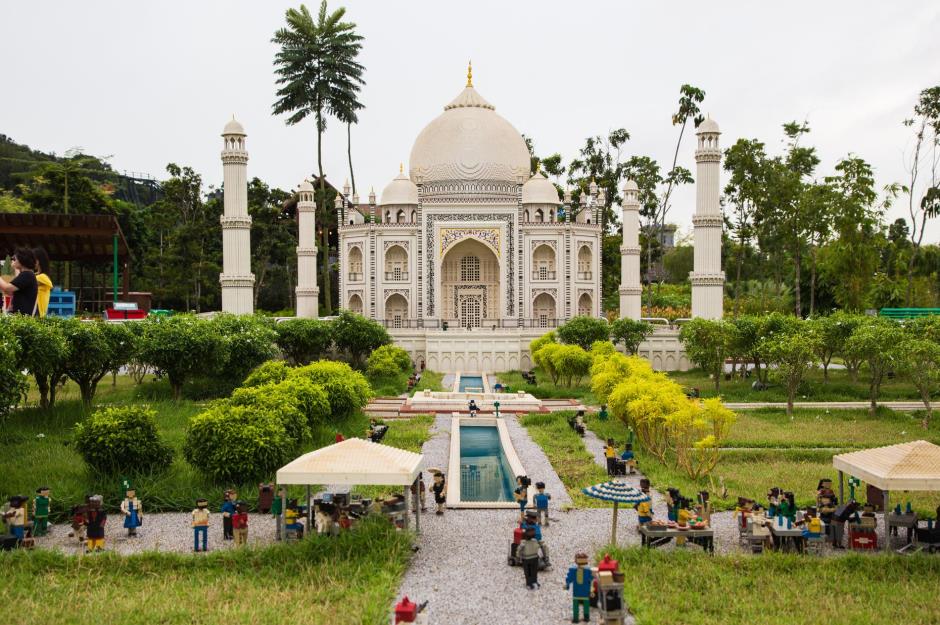
English town, England, UK
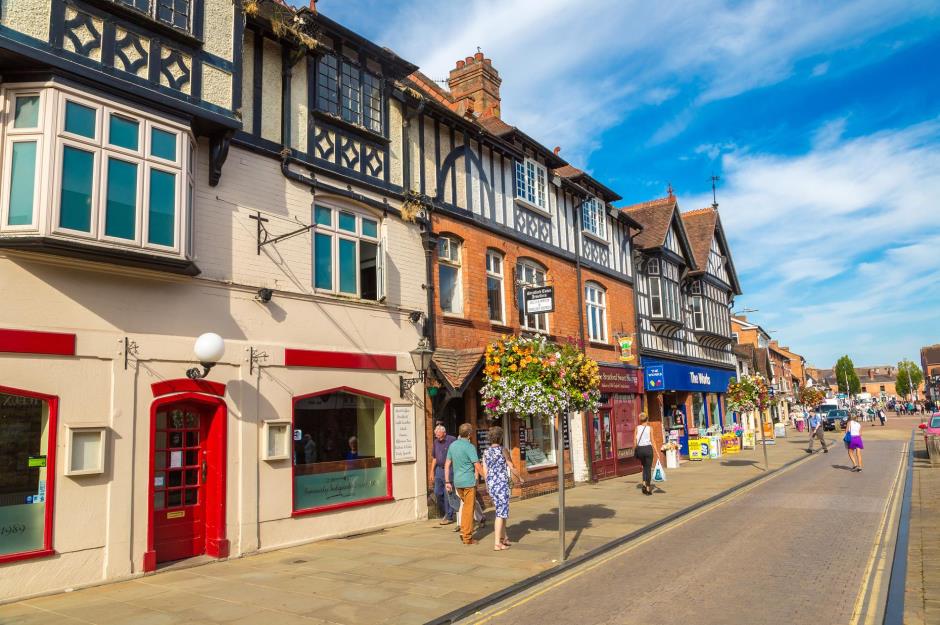
Quintessential British market towns, such as Henley-on-Thames in southern England (pictured), are renowned for their charming historic architecture, cobbled streets and bustling open squares that have been central to town life for centuries. These towns often feature medieval buildings, timber-framed houses and picturesque riverfronts, creating a timeless atmosphere.
Thames Town, Shanghai, China
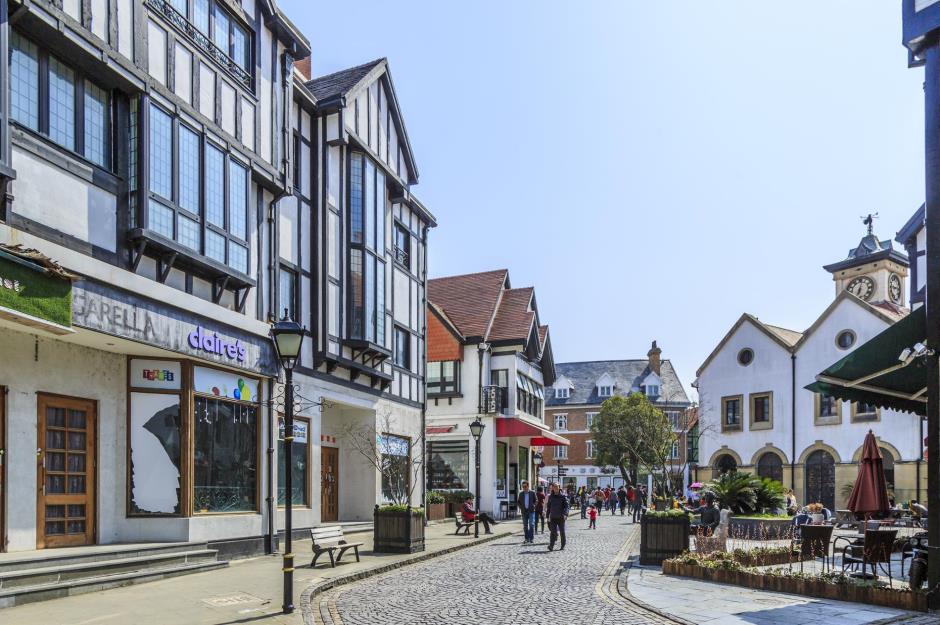
Thames Town, located in Songjiang District near Shanghai, was designed to replicate the charm of a traditional English town, complete with red telephone boxes, cobbled streets and even a Gothic church. Built as part of a larger urban development plan, Thames Town has struggled with economic issues, leading to much of the town being largely uninhabited. However, its quaint English-style architecture has made it a popular spot for couples seeking unique settings for wedding photos, contributing to its fame despite its lack of full-time residents.
St Peter’s Basilica, Vatican City, Italy
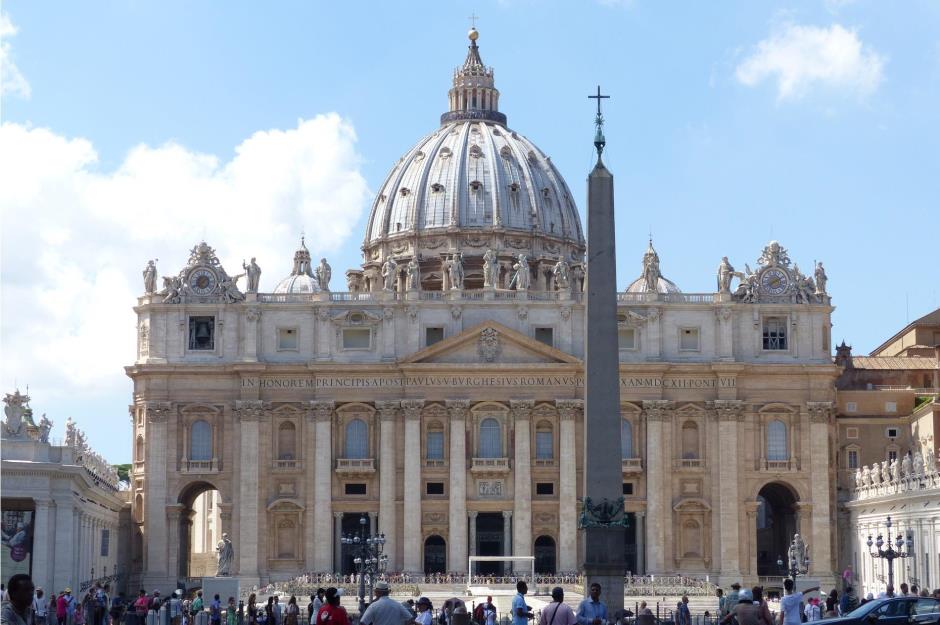
With its magnificent domed roof, designed by Michelangelo, famed masterpieces and ornate interior, St Peter’s Basilica in Vatican City is one of the most awe-inspiring religious sites in the world. Beyond its architectural grandeur, the basilica holds deep spiritual significance, being the burial site of St Peter, one of Jesus' apostles and the first Pope. It continues to serve as a major pilgrimage destination and a focal point for important religious ceremonies, including papal masses.
St Peter's Basilica, Nikko, Japan
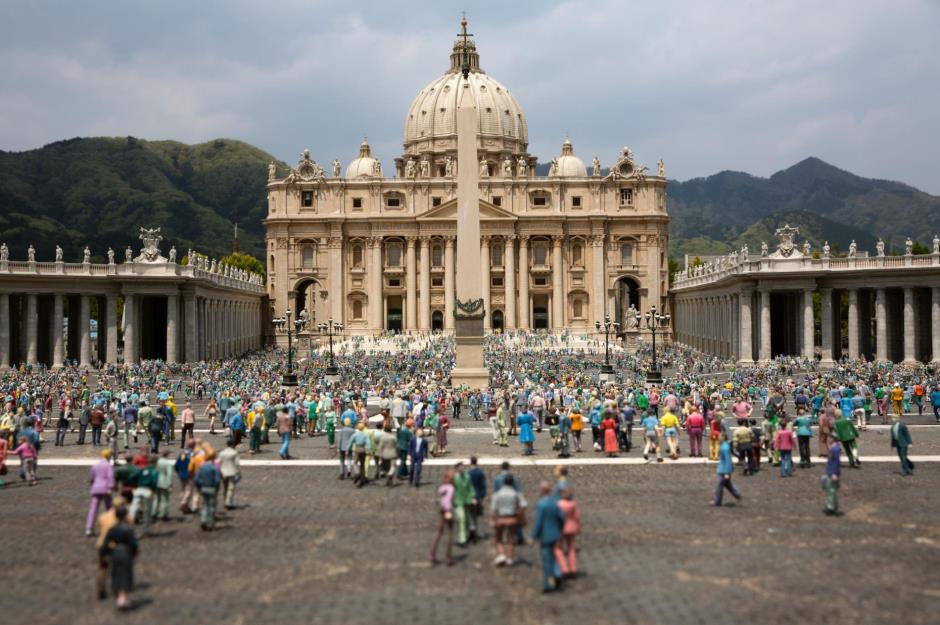
Statue of Liberty, New York, USA
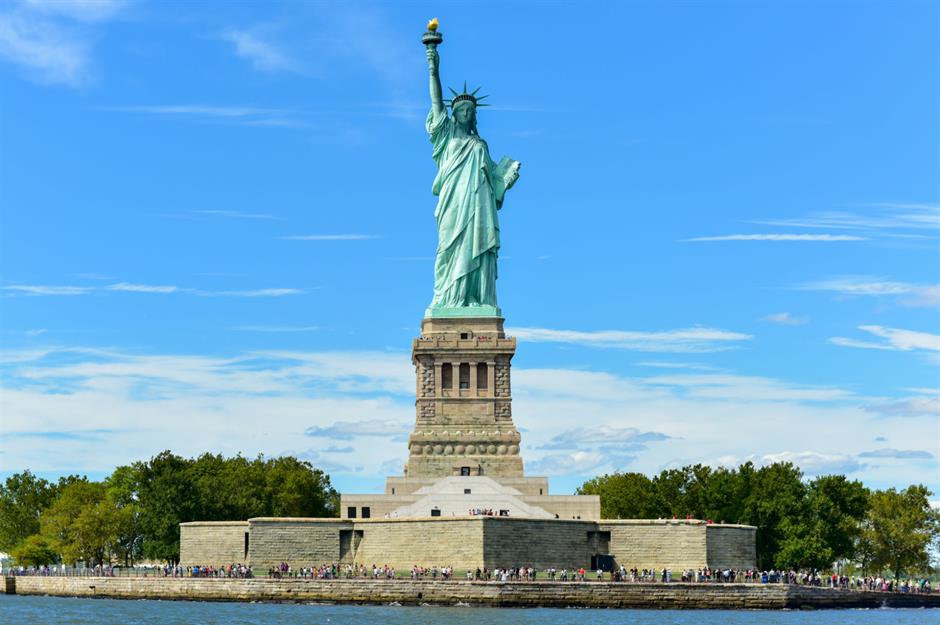
The original Statue of Liberty, a towering Neoclassical sculpture, has stood as an iconic symbol at the entrance to New York Harbour since 1886. Designed by French sculptor Frederic Auguste Bartholdi and built with the engineering expertise of Gustave Eiffel, the statue was a gift from France to the United States to commemorate the friendship between the two nations. Standing at 151 feet (46m) tall, the statue holds a torch in her right hand and a tablet inscribed with the date of the American Declaration of Independence in her left.
Statue of Liberty, Tokyo, Japan
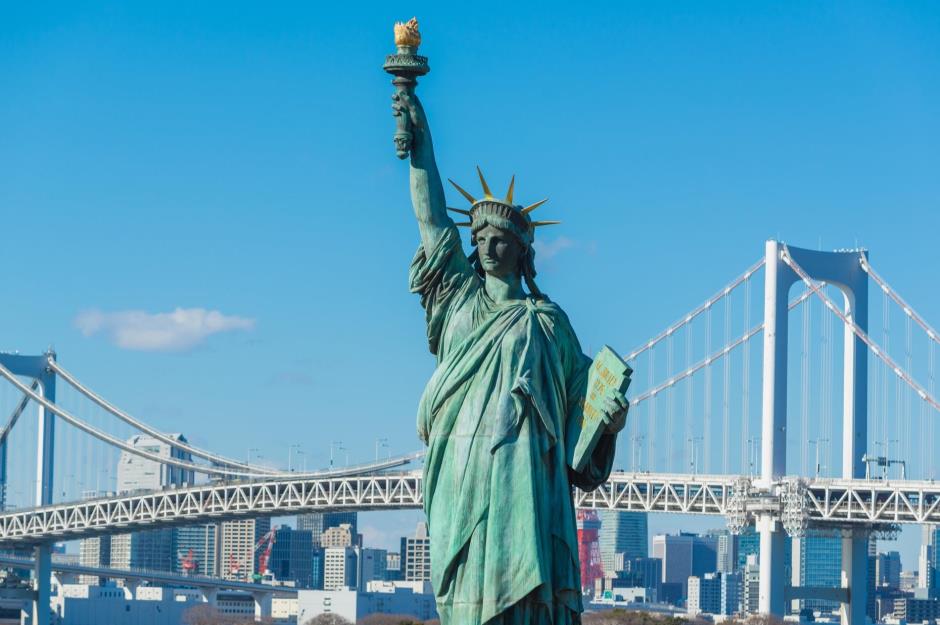
Unlike the genuine Statue of Liberty, Tokyo’s version stands at just 39 feet (12m) high. Despite her reduced size, this replica is one of the most photographed monuments in the city. Located in Odaiba Marine Park, the statue was installed as a temporary exhibit to celebrate France-Japan relations in 1998, but the replica became so beloved that it was made a permanent fixture.
Great Sphinx of Giza, Giza, Egypt

The Great Sphinx of Giza, carved from a single block of limestone, has been watching over the pyramids of Giza for thousands of years and has drawn millions of tourists to Egypt. While the Sphinx has been a source of fascination for centuries, it gained renewed attention after significant excavations in the late 19th and early 20th centuries. The most famous work took place between 1925 and 1936 under the supervision of Egyptian archaeologist Selim Hassan, who finally unearthed the body of the Sphinx entirely from the encroaching desert sands.
Sphinx replica, Shenzhen, China
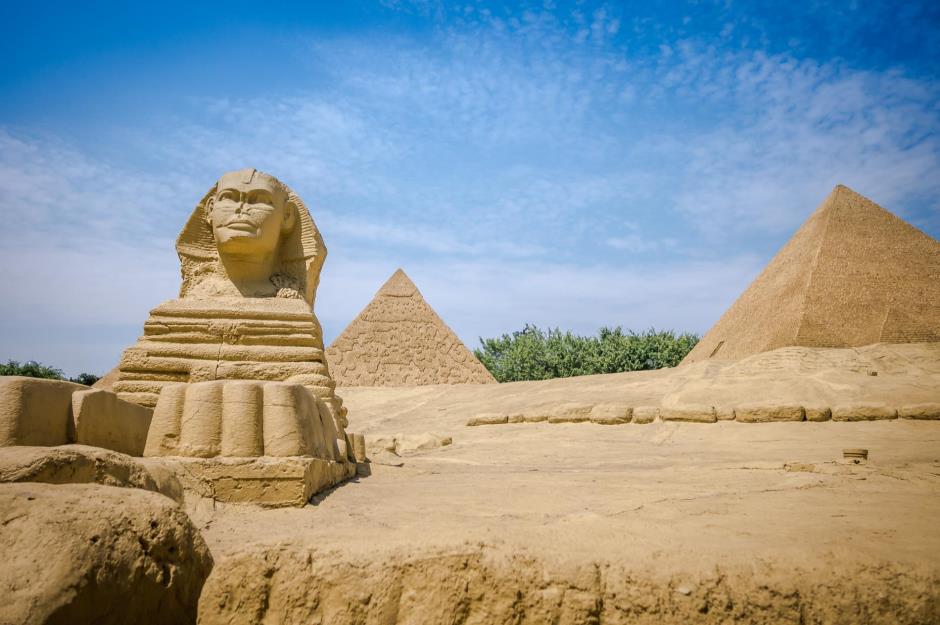
This Sphinx replica at Window of the World in Shenzhen, China, is a scaled-down version of the Great Sphinx of Giza, located within this popular theme park that showcases over 130 miniature landmarks from around the world. While it lacks the immense size and ancient history of the original, the replica offers visitors a chance to experience a version of Egypt’s iconic monument without leaving China.
Rialto Bridge, Venice, Italy
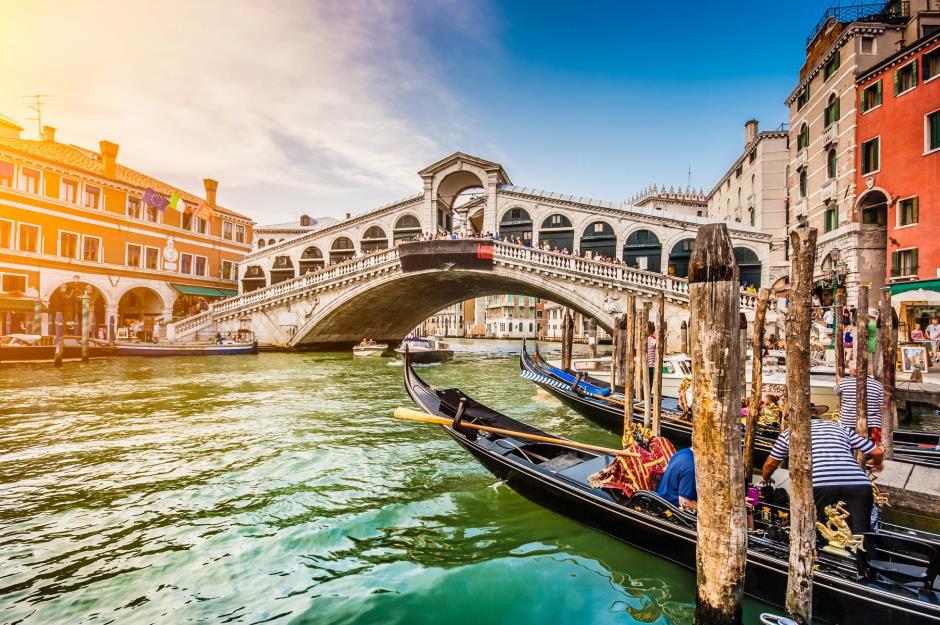
The Rialto Bridge, the oldest bridge to span Venice’s Grand Canal, is also the city’s most iconic. Completed in 1591, this stunning Renaissance landmark was designed by Antonio da Ponte to replace a previous wooden structure that had collapsed. Built entirely from Istrian stone, the bridge’s elegant single span is supported by over 12,000 wooden pilings, which have stood firm for centuries. The Rialto also provides a vantage point for visitors to enjoy breathtaking views of Venice.
The Venetian hotel, Las Vegas, Nevada, USA
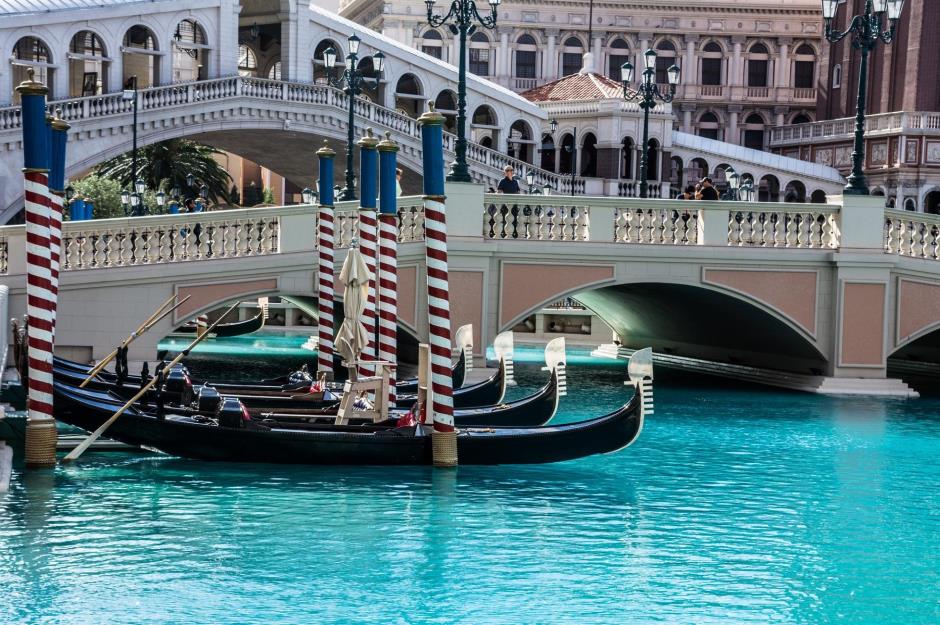
At The Venetian hotel in Las Vegas, you'll find a replica of the Rialto Bridge and a recreation of the Grand Canal, which flows for a quarter of a mile (0.4km) through a piazza lined with luxury shops. Visitors can even book a ride on an authentic Venetian gondola, gliding beneath bridges and balconies as they are serenaded by a gondolier.
Chateau de Maisons-Laffitte, Paris, France
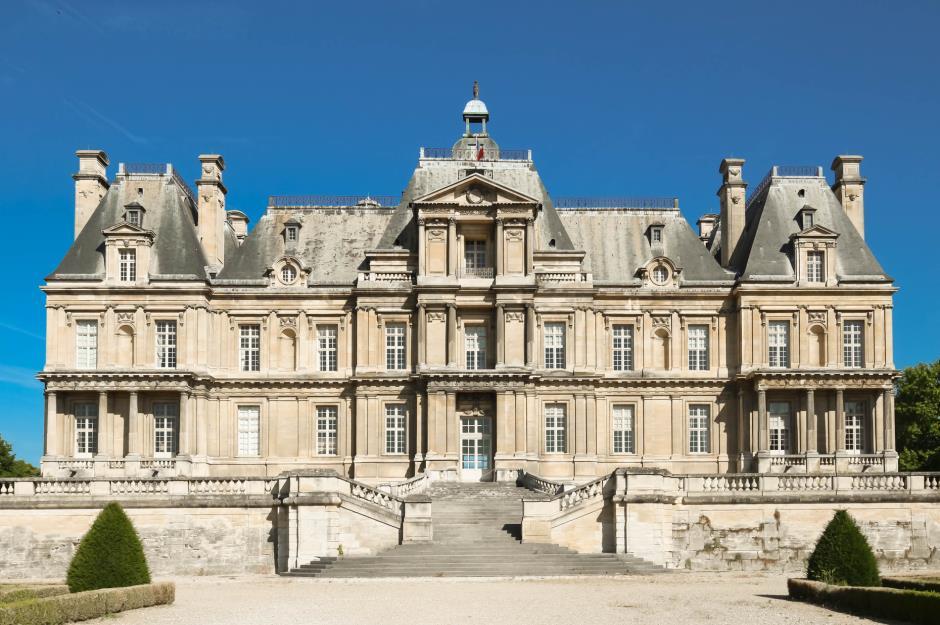
Chateau de Maisons-Laffitte is a stunning example of 17th-century French Baroque architecture located in the town of Maisons-Laffitte, just outside Paris. Completed in 1651, the chateau was originally built for Rene de Longueil, a prominent court official under King Louis XIII. Surrounded by sprawling grounds, it offers a glimpse into the opulence of French aristocratic life during the reign of Louis XIV. Today, the chateau is open to the public as a museum.
Zhang Laffitte, Beijing, China

Zhang Laffitte, the replica of Chateau de Maisons-Laffitte located just outside Beijing, was designed and built by Zhang Yuchen, a Chinese businessman fascinated by French history and culture. Zhang spared no expense in ensuring the replica's authenticity, using Chantilly stone and studying over 10,000 images of the original chateau to accurately reproduce key architectural features like the sweeping staircase and ceiling frescos. His vision also included transforming the estate into a luxury destination, incorporating a spa and hotel, making it not just a historical replica but also a modern retreat for visitors.
Leaning Tower of Pisa, Pisa, Italy
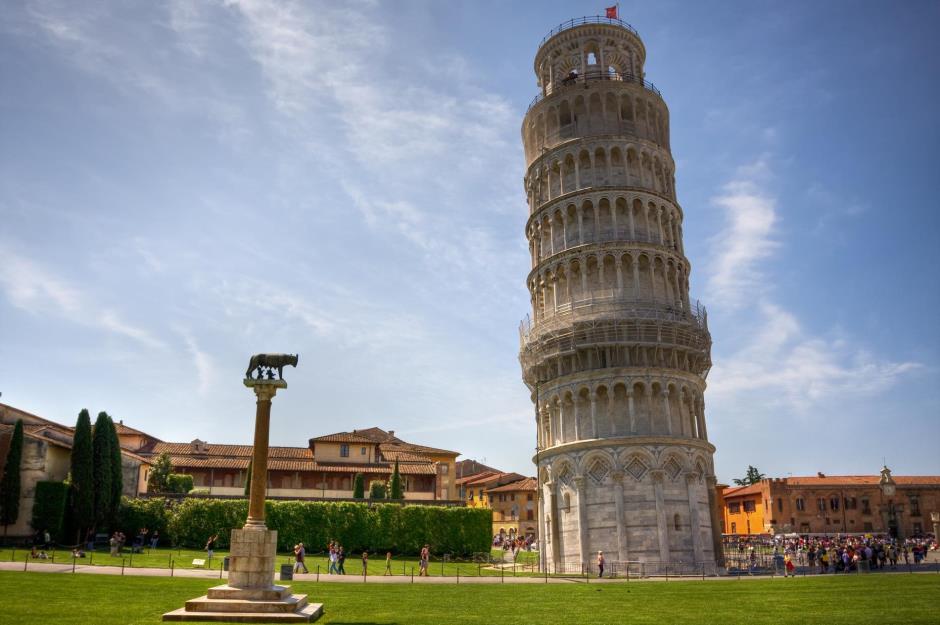
The Leaning Tower of Pisa, one of Italy's most iconic landmarks, is famous for its distinctive tilt. The tower was originally constructed as the freestanding bell tower for the city's cathedral. Made from white and grey marble, its construction began in 1173, but due to soft, unstable ground, the tower started to lean before it was even completed. After nearly 200 years of interrupted work, the tower was finished in 1372 at a height of 186 feet (57m).
Leaning Tower of Niles, Illinois, USA
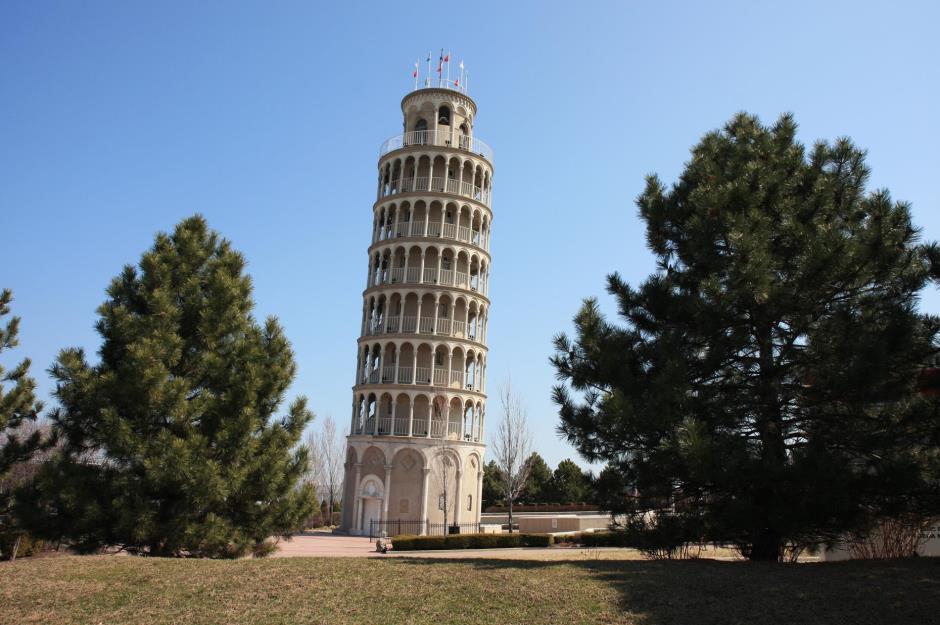
The Leaning Tower of Niles, located in Niles, Illinois, is a quirky replica of the famous original. This version was built in just three years between 1931 and 1934, and was originally constructed as a water storage facility for nearby recreational pools. It stands at 94 feet (29m) tall – about half the height of the original – and is built from reinforced concrete.
Before and after: how the world's most famous attractions have changed
Comments
Be the first to comment
Do you want to comment on this article? You need to be signed in for this feature